Angiogenesis
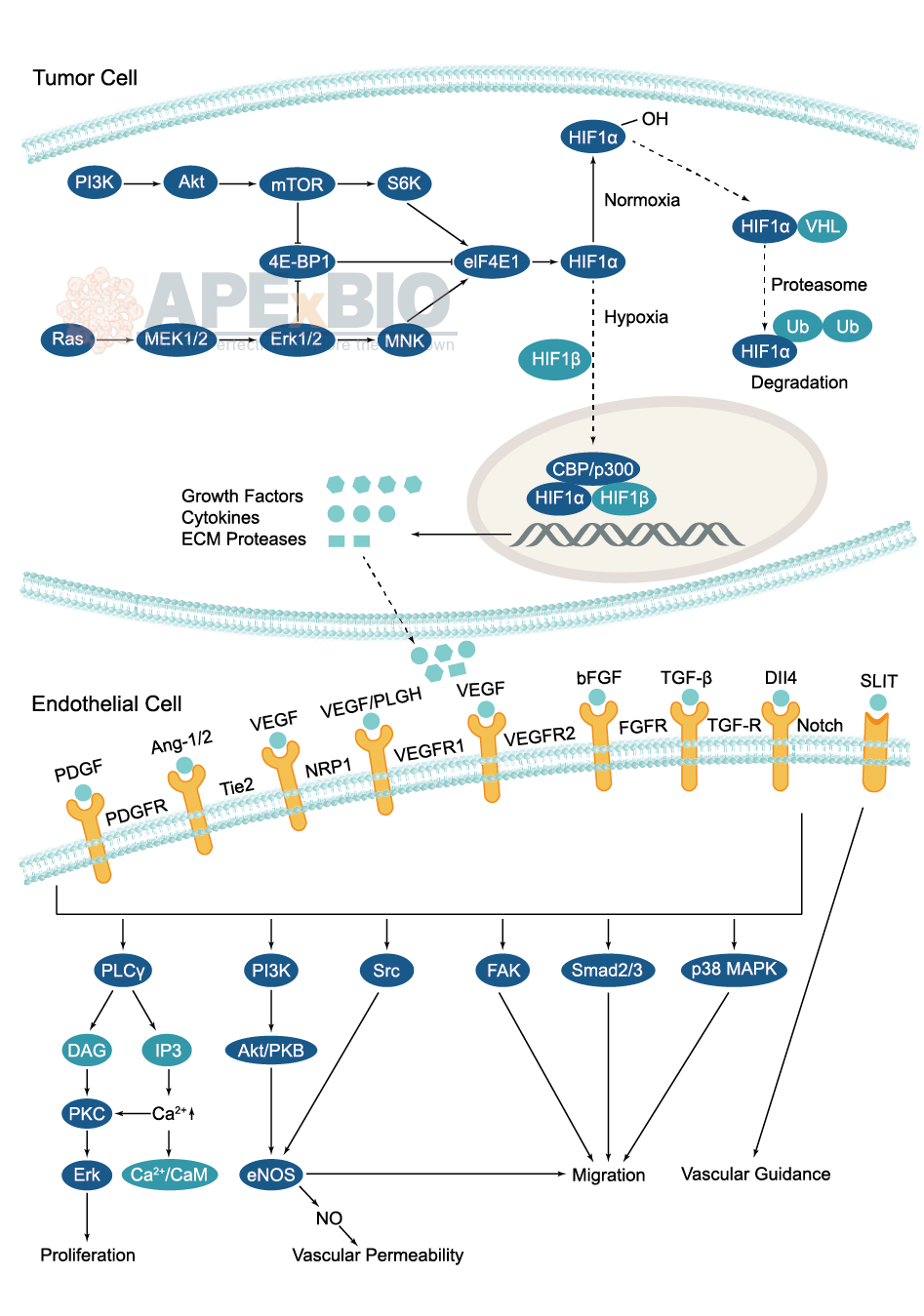
During tumor angiogenesis, cancer cells stimulate formation of new blood vessel for delivering oxygen and nutrients to a tumor. As the tumor grows, cells at the center of the mass become starved of oxygen, causing hypoxia. It stabilizes the expression of a transcription factor, HIF-1α (hypoxia inducible factor-1), which binds HIF-1β to upregulate the expression of several angiogenesis-promoting genes. Moreover, growth factor signaling also stimulates HIF-1 activity in order to maintain oxygen homeostasis for growing cells.
-
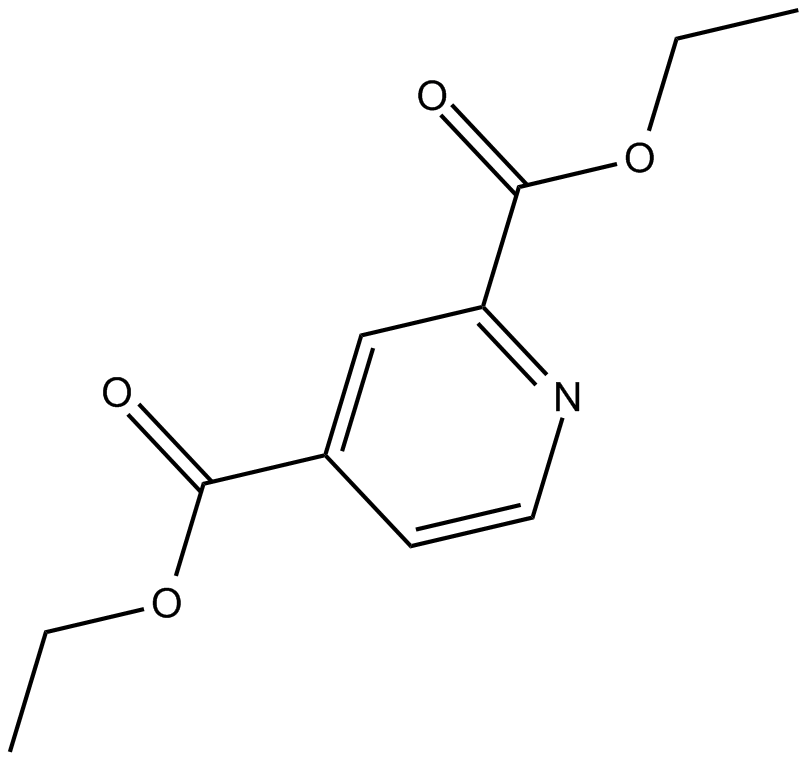 C4887 2,4-DPDSummary: cell permeable, competitive inhibitor of HIF-PH
C4887 2,4-DPDSummary: cell permeable, competitive inhibitor of HIF-PH -
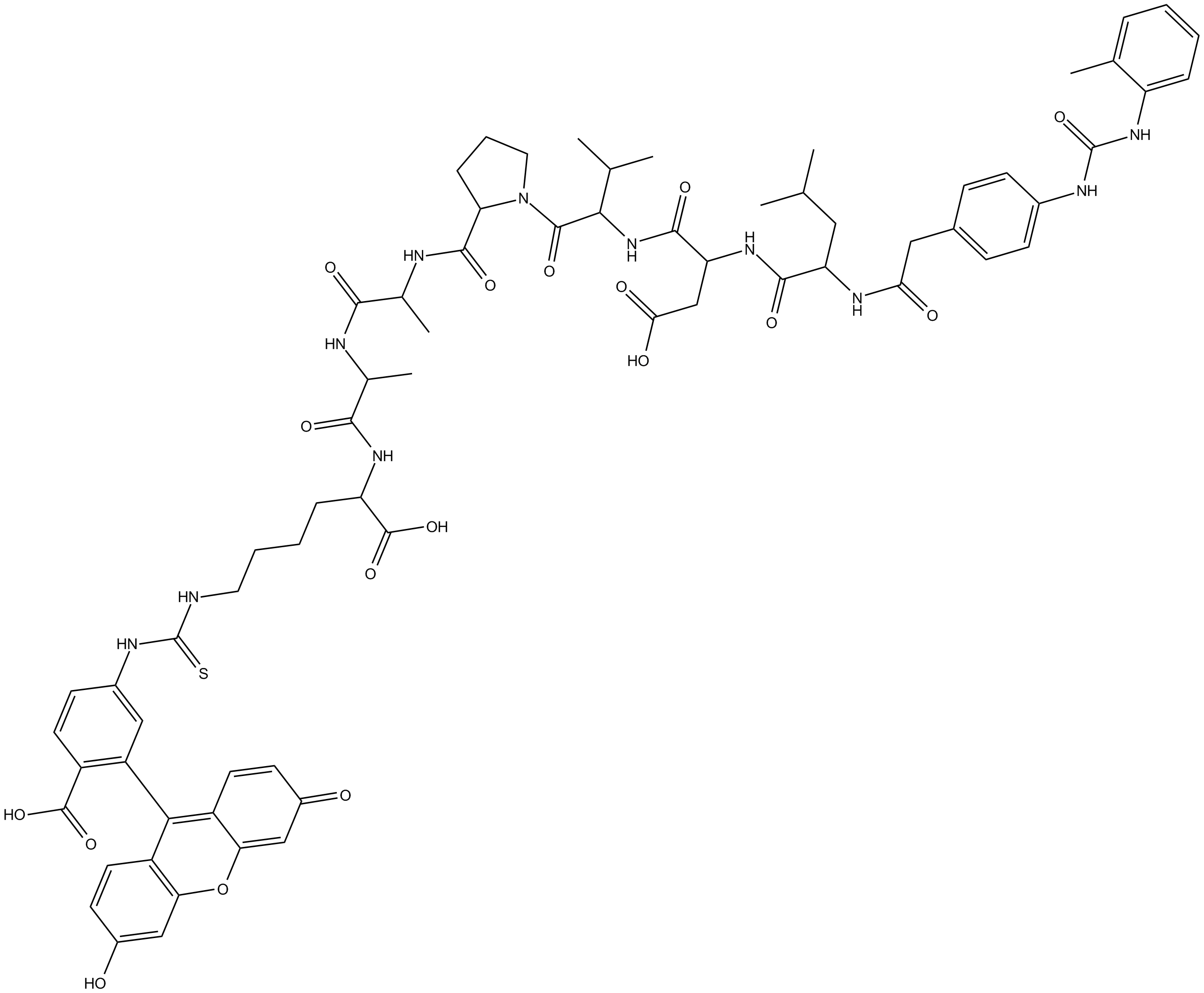 B5644 LDV FITCSummary: fluorescent ligand that binds to the α4β1 integrin (VLA-4)
B5644 LDV FITCSummary: fluorescent ligand that binds to the α4β1 integrin (VLA-4) -
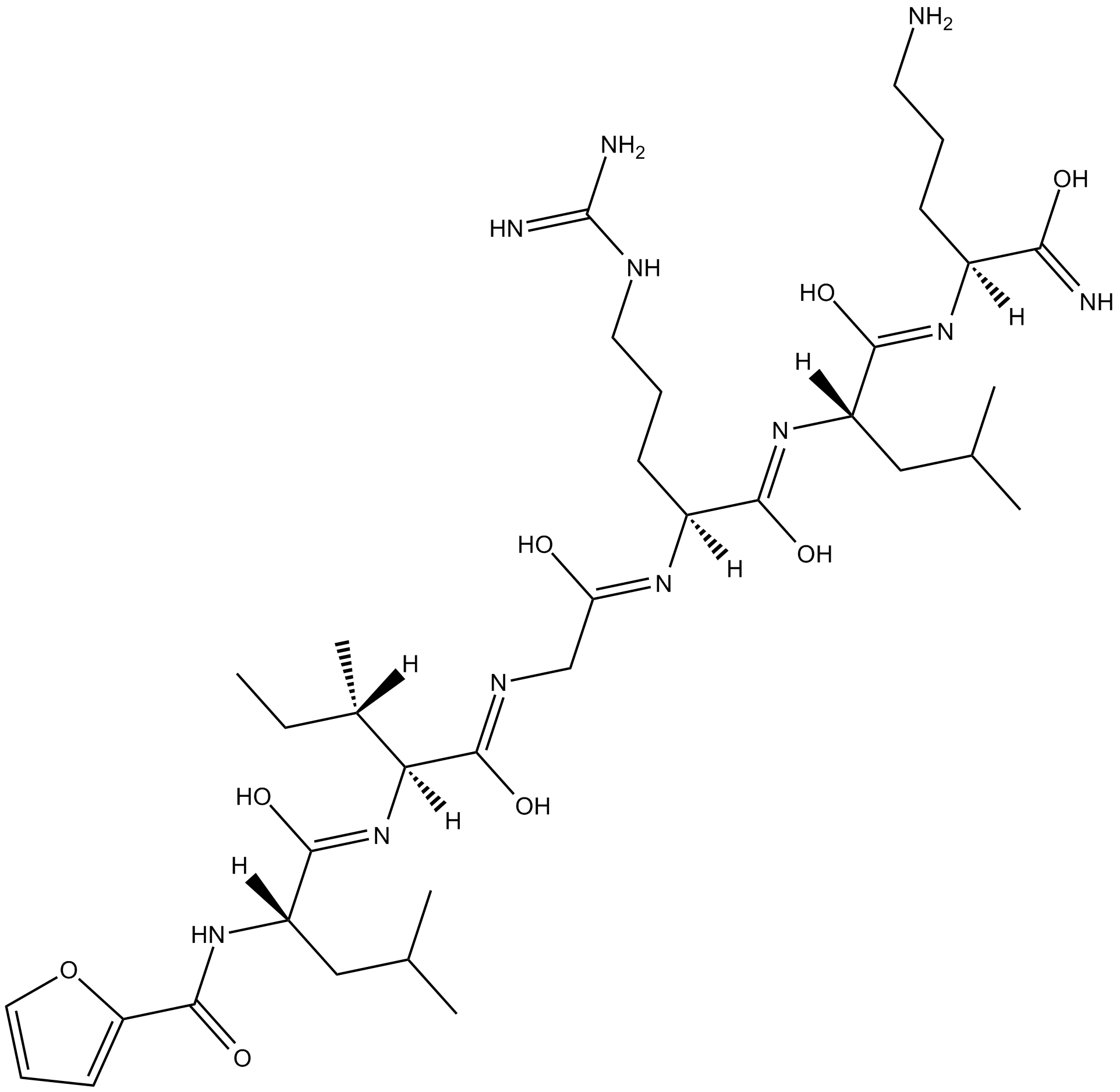 A8676 2-Furoyl-LIGRLO-amideSummary: Protease-activated receptor agonist
A8676 2-Furoyl-LIGRLO-amideSummary: Protease-activated receptor agonist -
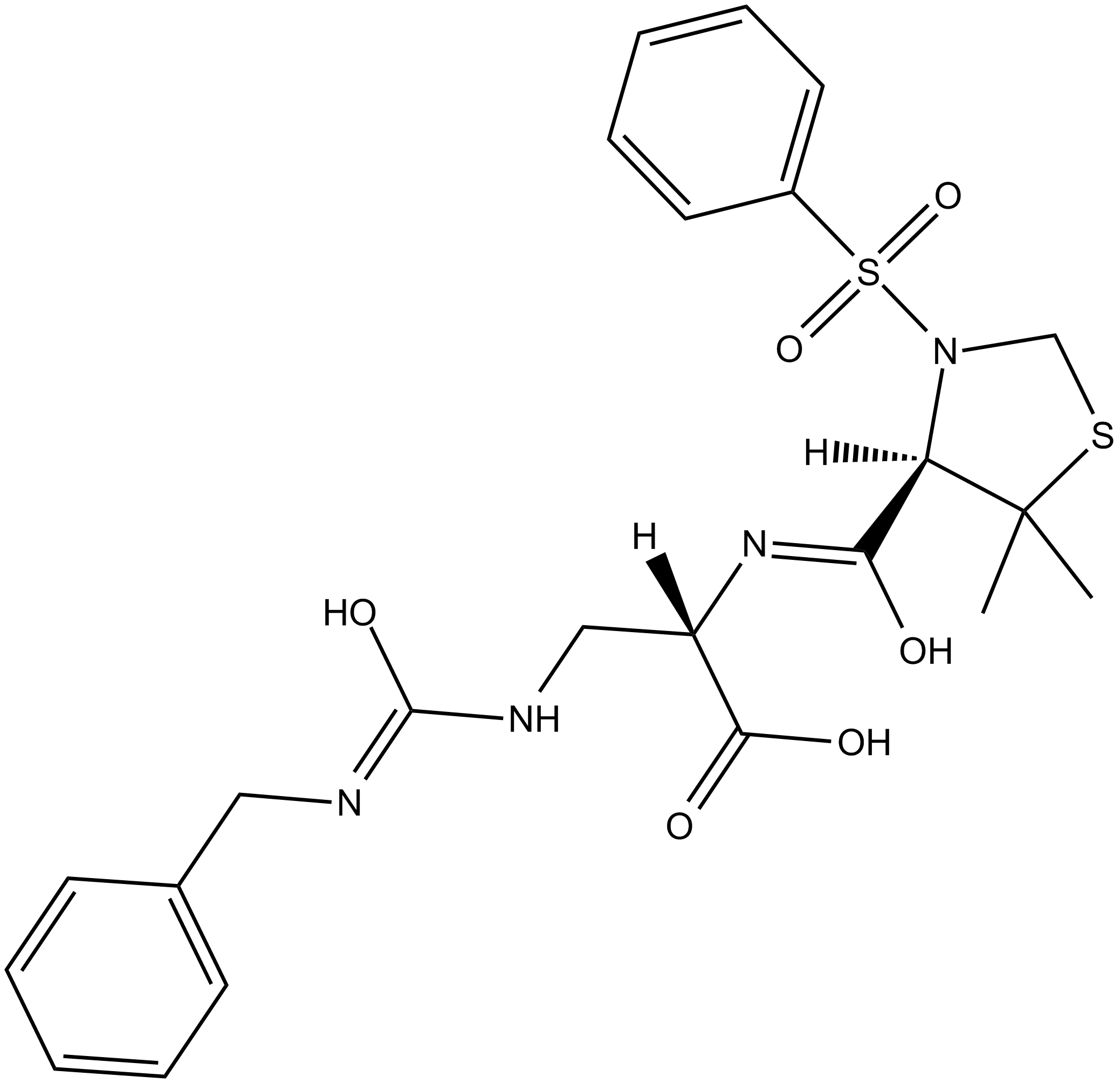 B5631 TC-I 15Summary: α2β1 integrin inhibitor
B5631 TC-I 15Summary: α2β1 integrin inhibitor -
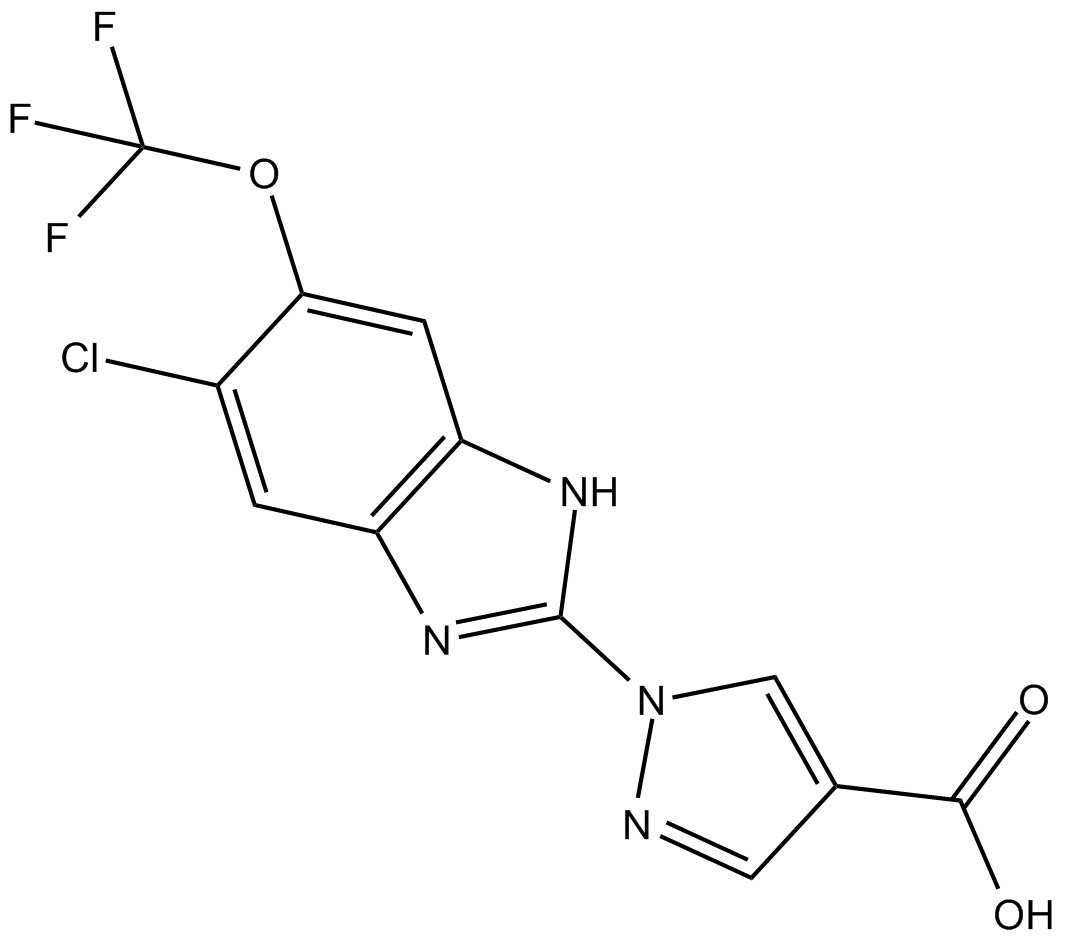 C4752 JNJ-42041935Summary: Hypoxia-inducible factor (HIF) prolyl hydroxylase (PHD) inhibitor
C4752 JNJ-42041935Summary: Hypoxia-inducible factor (HIF) prolyl hydroxylase (PHD) inhibitor -
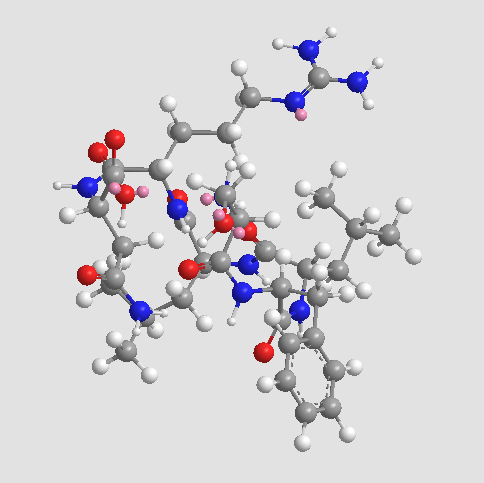 A8675 TRAP-6Target: PARSummary: PAR1 agonist
A8675 TRAP-6Target: PARSummary: PAR1 agonist -
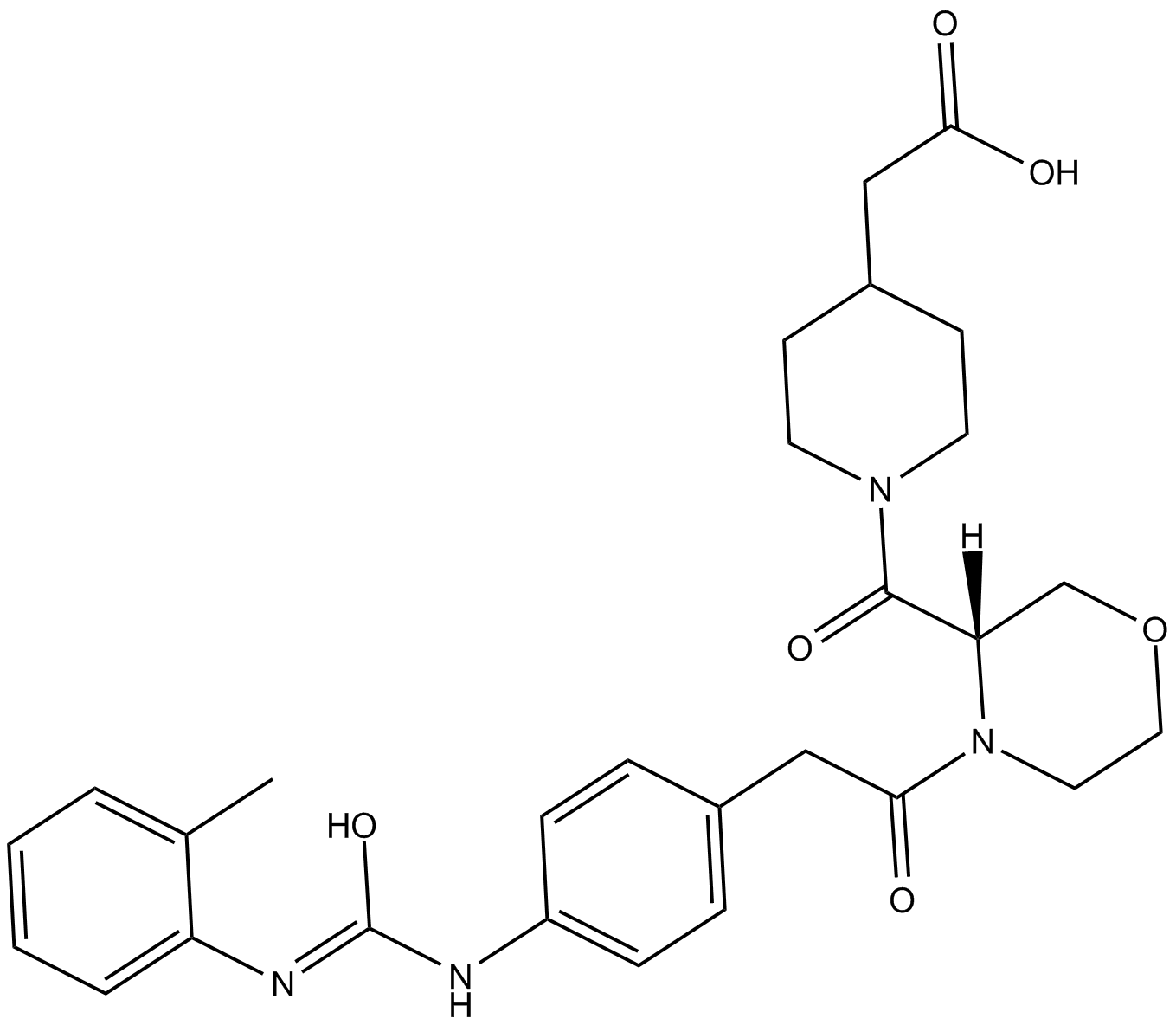 B5492 TCS 2314Summary: integrin very late antigen-4 (VLA-4; α4β1) antagonist
B5492 TCS 2314Summary: integrin very late antigen-4 (VLA-4; α4β1) antagonist -
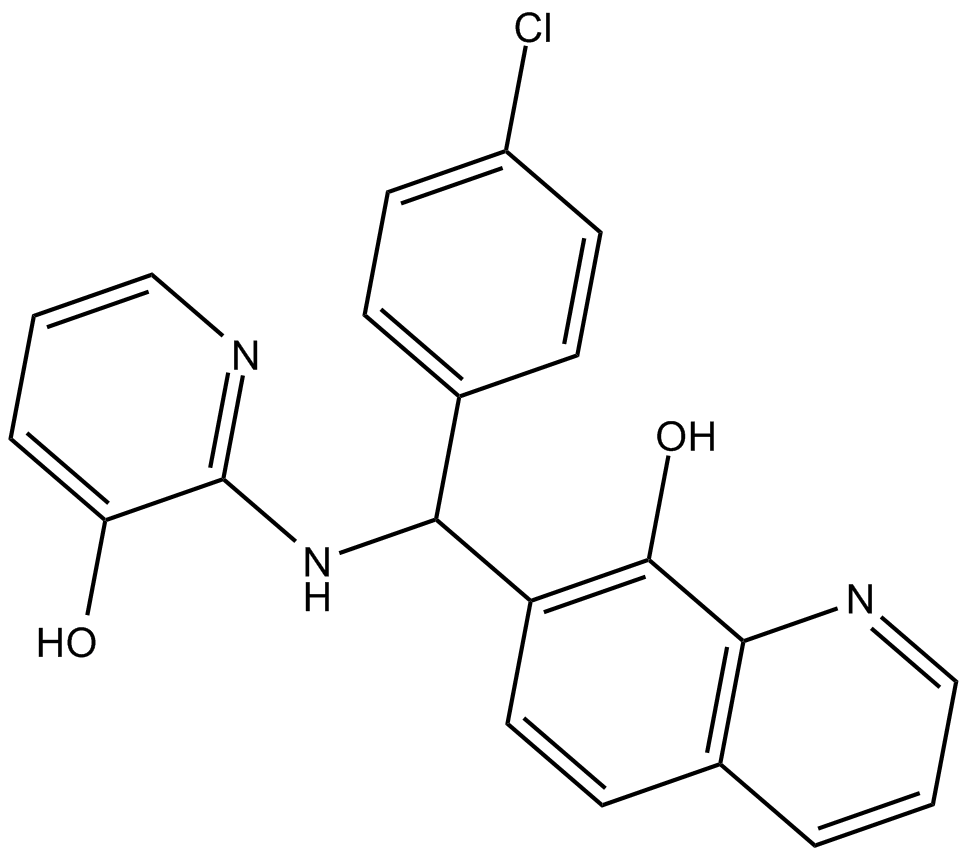 C4377 AdaptaquinSummary: HIF-prolyl hydroxylase-2 (PHD2) inhibitor
C4377 AdaptaquinSummary: HIF-prolyl hydroxylase-2 (PHD2) inhibitor -
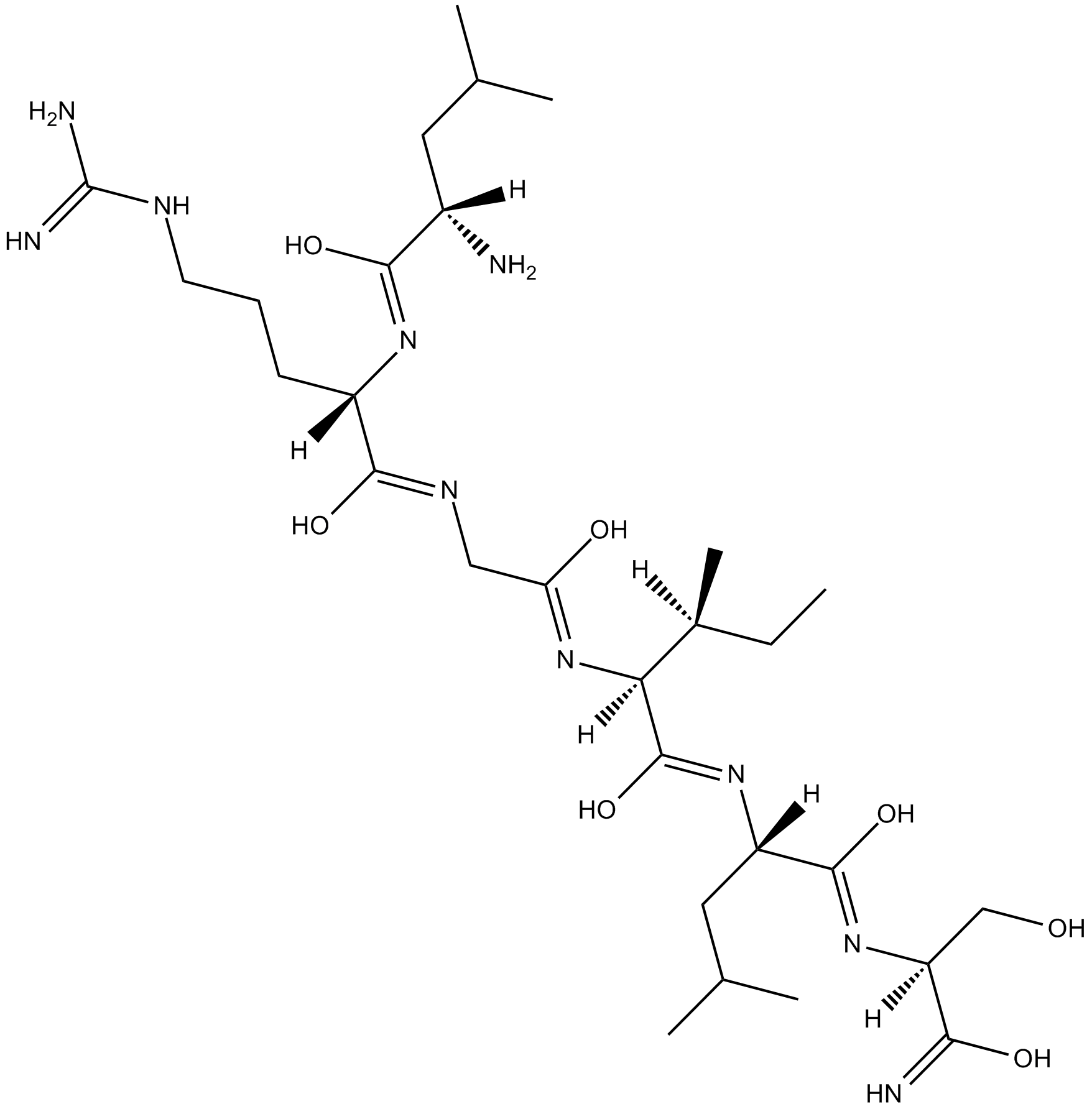 A8673 LRGILS-NH2Summary: Protease-activated receptor agonist
A8673 LRGILS-NH2Summary: Protease-activated receptor agonist -
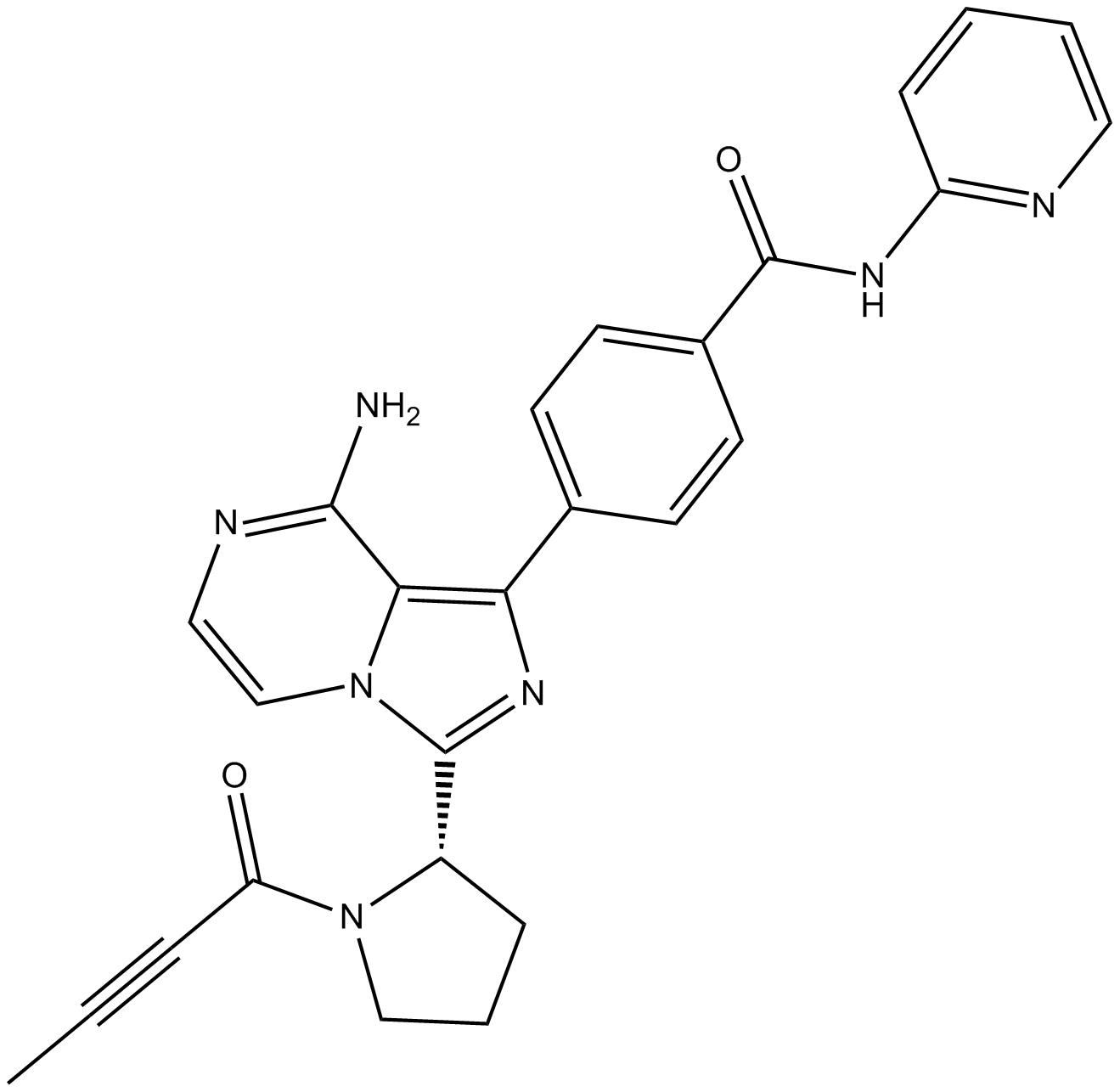 B6185 ACP-196Target: BTKSummary: irreversible BTK inhibitor
B6185 ACP-196Target: BTKSummary: irreversible BTK inhibitor

